I was on an old-fashioned ramble, much like the ones I used to do back in South Carolina. I was visiting the site of Northern State Hospital, a former mental asylum that is purportedly haunted. So far I had visited the hospital’s on-site cemetery, but now I was ready to explore the park that surrounds the hospital.
I was parked next to the cemetery and I could see a road and gate that led to the ruins of a set of barns. There was a sign indicating the hours of the park, but the gate was locked and it was still unclear to me as to whether or not the public was allowed. I ventured on, thinking that I could cite a lack of “No Trespassing” signs if I got into trouble.
Just inside I found a painted rock, so I figured I was OK.
The barns were built in the same Spanish colonial style as the main hospital buildings. These were in various states of collapse and graffiti covered the walls. Even so, it was an interesting place for photography, given the textures and shadows.
There were several buildings in the complex. Some were just duplicates of each other. From others it seemed to me that this must be a dairy. There was a single silo. Had I been braver I might have been tempted to climb up the ladder to the top of the silo, or perhaps tried to find a way into one of the lofts. As it was, I just used my GoPro with a selfie stick to get a shot of the interior of the silo.
As I was taking photos of the silo two women walking dogs came by. They were my first confirmation that the general public was allowed here. I think I startled them, so I said hello and asked them about the park. They said that there were trails throughout the property and that it’s often used for equestrian cross-country. That made me think that the park was much larger than I had initially thought.
I decided to explore. The trail the women took led west, toward the main campus of the hospital. I wondered it I might be able to get a better glimpse of the buildings in that direction. I could already see a bit of them in the distance.
I lingered a bit so that the women didn’t think I was stalking them. I had already given them a bit of a scare, so I needed to dial down the creep factor. I then continued along the road. There was a wide field/prairie to the north I could see other abandoned barns and buildings along the way. As I looked back I could see that the clouds had rolled in faster than I’d thought. The old barns were now backlit with cloud-diffused sunlight.
The prairie was covered with pockets of wetlands. I couldn’t tell if these were permanent features or just a holdover from the recent rains and flooding. Henson Creek flowed nearby and I could hear it falling over rocks along its path.
I found a clearing and in it was a disc golf target basket. I’d spotted these when Laura and I drove by the day before. Now it was apparent that the course extended throughout the park.
These baskets would accompany me all along the morning’s trek. Some of the holes looked like they had weird, alternate targets. There was a traditional basket nearby, but I couldn’t figure out the purpose of these.
I tried to find more information about the targets online, but there was nothing. I was able to find a review on the PDGA site and a map of the course, but not much more info. Even so, it looked like a fun, but challenging course, and I was regretting that I hadn’t brought any of my discs with me from South Carolina. They’re fairly inexpensive, so I’ll have to buy a few and try out the course.
My path eventually took me to the back side of the hospital campus. As I had seen from the road approach, the grounds looked like they had been kept up and it still looked like an active facility.
I was separated from the campus by the creek and by an impenetrable bank of blackberry brambles. Blackberries had taken over large swaths of the park. These bushes were imported by early settlers, but have now become a scourge in the Pacific Northwest, much as kudzu has become in the South. At least kudzu dies back in the winter and doesn’t have thorns.
The road curved away from the campus and past another derelict barn. I decided to head back, this time following trails along the creek that led past more disc golf targets. One area looked like an evergreen nursery.
Eventually I circled around to another set of ruins I’d spotted the day before. These were brick rather than plaster covered brick. An interpretive sign said that this was part of a food processing facility. I read the sign quickly and misinterpreted it. It seemed a bit far removed from the main campus to serve as a kitchen. From later readings and looking back at the text of the sign I realized that this was part of a canning facility where food was brought in from the farm and processed. Regardless, the three buildings had collapsing roofs and were covered in blackberry bushes.
West of the food processing buildings the road led to a modern bridge over Henson Creek and to a locked gate. I had reached the eastern bounds of the campus. There were no buildings in sight, but I could have trespassed if I really wanted to get onto campus. There were lots of signs telling me to do just the opposite. I took their advice. I followed the trail southward along the eastern edge of campus, but another huge wall of blackberry prevented any views. I made my way back to the main part of the campus.
The views opened up and I could see the main park entrance and picnic shelter. By this time I’d walked several miles and my still injured Achilles tendon was letting me know about it. I wanted to get back to the car, so I turned back toward the barns.
Approaching from this direction I could see that there was an interpretive sign and even a picnic table on the south side of the barns. The sign confirmed that this had been a dairy.
I did all of this exploration without really knowing much about the present state of the facility. I could just see that the campus was occupied and off-limits. The Seattle Times article from this past April provided some much needed information. Most of the buildings are, in fact, in a state of disrepair. However, some of the buildings are still in use. A job training center and an alcohol rehabilitation center call Northern State home.
About 700 acres of primarily farmland were donated to Skagit County for development of the Northern State Park some years ago. 240 acres that include the main hospital campus have been sold to the Port of Skagit County for development as a “clean technology campus.” Janicki Bioengineering will be the primary tenant, and will work to preserve and occupy some of the historic portions of the campus. These buildings are on the National Registry of Historic Places. I was glad to see that there are viable plans to preserve them moving forward.
As I made my way back to the car a truck park next to it and another person got out with a dog. Just another confirmation that this was space that could be freely explored. I’ll definitely have to come back, perhaps next time with discs.
But I wasn’t done…
Just north of the cemetery I’d seen a sign for Cokedale Road. Cokedale is one of the ghost towns of Skagit County. It was a coal mining settlement originally known as Sedro Mine. According to historian Margaret Willis in Skagit Settlers: Trials and Triumphs 1890-1920, Cokedale “was unique in Skagit County for its dreary ugliness and its disappearance left no mourners.”

I wanted to see if anything remained of the old town, ugly or not.
Sadly, the road ended at a gate and I couldn’t explore further. A road to the right led to the Upper Skagit Tribal Lands. I decided to head back to the main road.
I still had lots to explore for this day, but this wrapped up my visit to Northern State. I’ll definitely make another trip out. I’ll have to come back with the spring wildflowers cover the prairie.





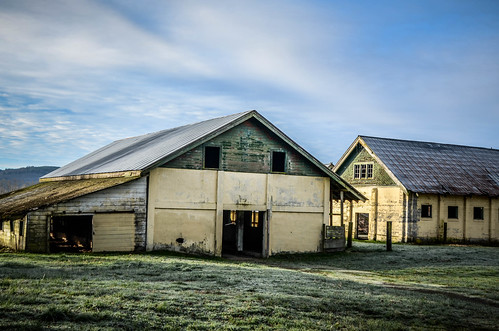
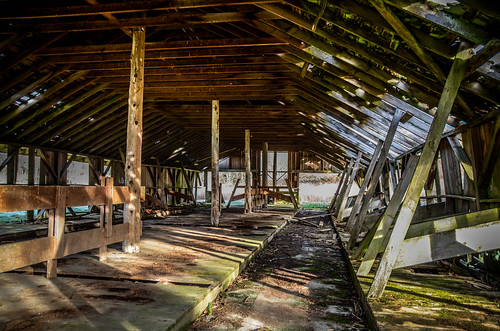
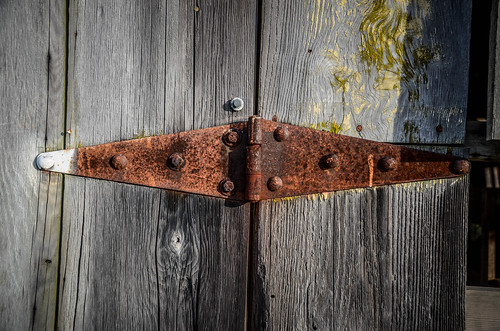





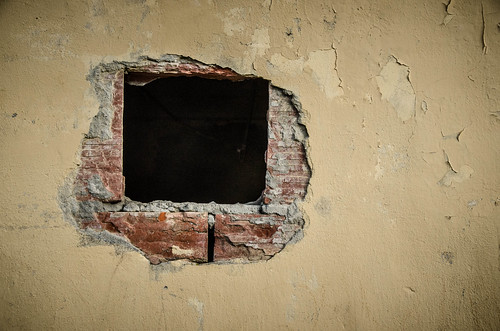


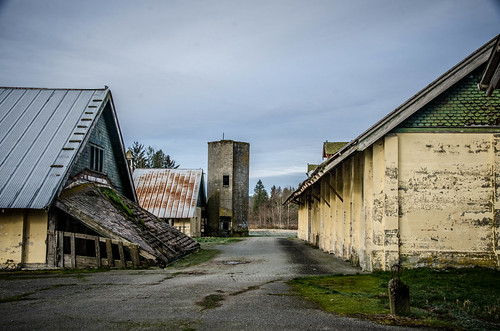





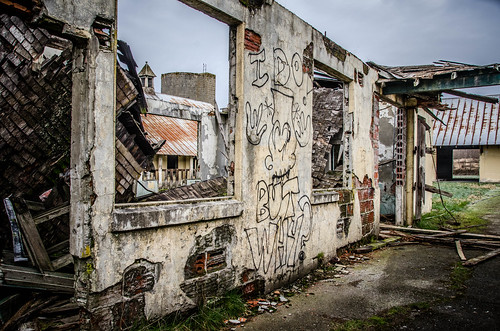




















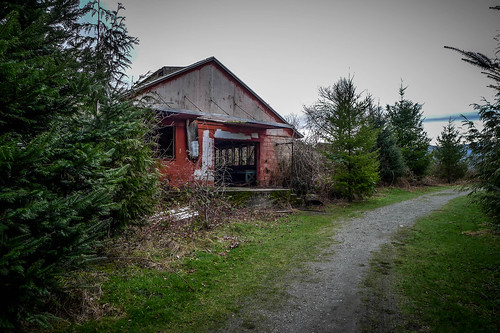



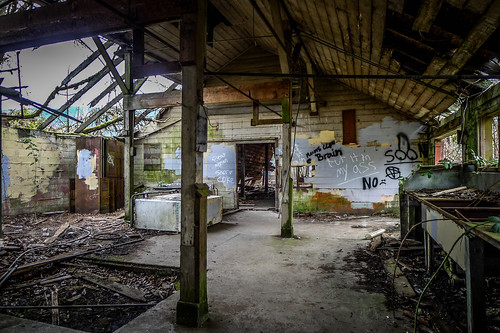
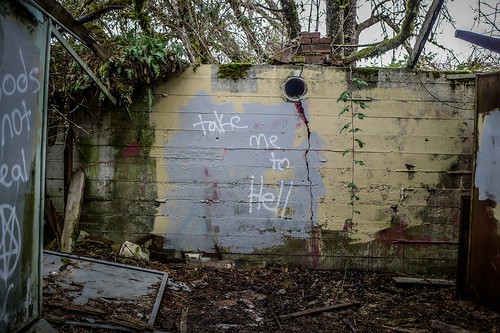
























It is great fun to explore the past. I love going to old cemeteries and am active on Find A Grave …I hate that access to historical places is so restricted although I do understand the reasoning behind it, still it’s getting harder and harder to go exploring without running into locked gates.
Thanks for the photos and dialog, even though the places looked a little creepy.